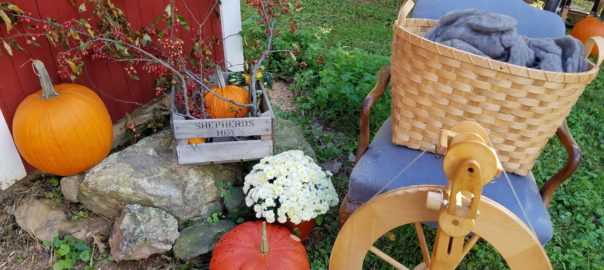Hello Friends, Neighbors, Fellow Gardeners,
This September we welcome the cooler weather and chances to enjoy our fall crops! Here are some garden tips, educational opportunities, and videos for September. There are some online events, check out U.S. Botanic Garden, Master Gardeners of Montgomery County, and Maryland Gardens. A lot of gardening events are announced on Facebook and we share them on our Facebook page as well as on our mctgardenclub.org website. Some live events have been set up for online preordering and limited to ensure everyone’s safety.
Planning
- Begin planning for fall plantings.
- Take advantage of plant sales.
- Collect plant seeds for next year’s planting and for trading.
- Take garden photos and make notes in your garden journal.
- It is harvest time and also a good time to start taking stock of what worked well for you this season and what didn’t.
- Keep an eye out for the first frost date. In Zone 6, it is expected between September 30 and October 30. In Zone 7, it is predicted to be between October 15 and November 15.
- Check your local garden cnter for end-of-summer bargains.
- Start shopping for spring bulbs.
- Go on a virtual garden tour to see what plants are thriving in other’s area home gardens.
- Read a good gardening book or magazine.
- Have a question about gardening? Check the University of Maryland Extension’s New Maryland Grows blog for garden tips.
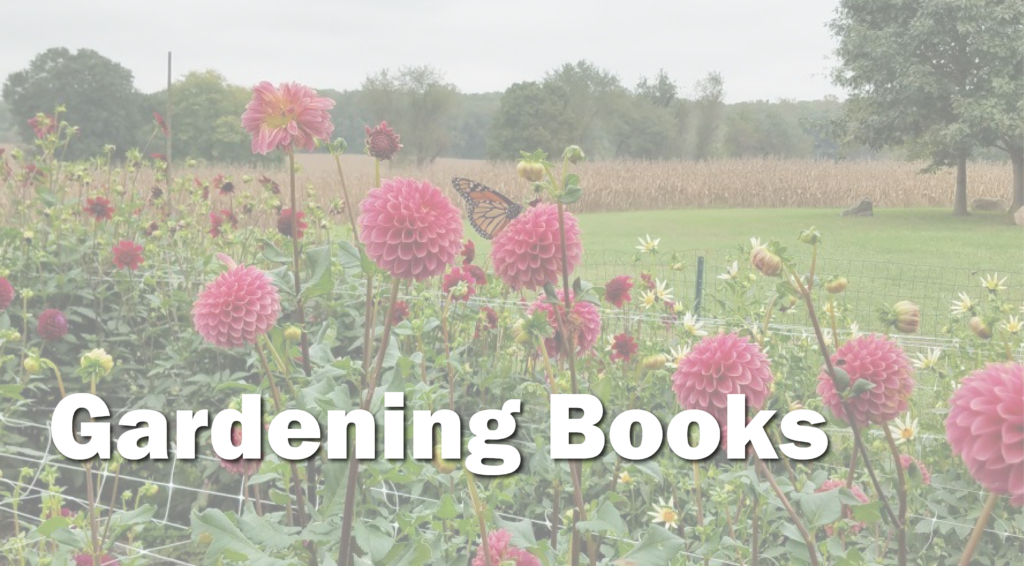
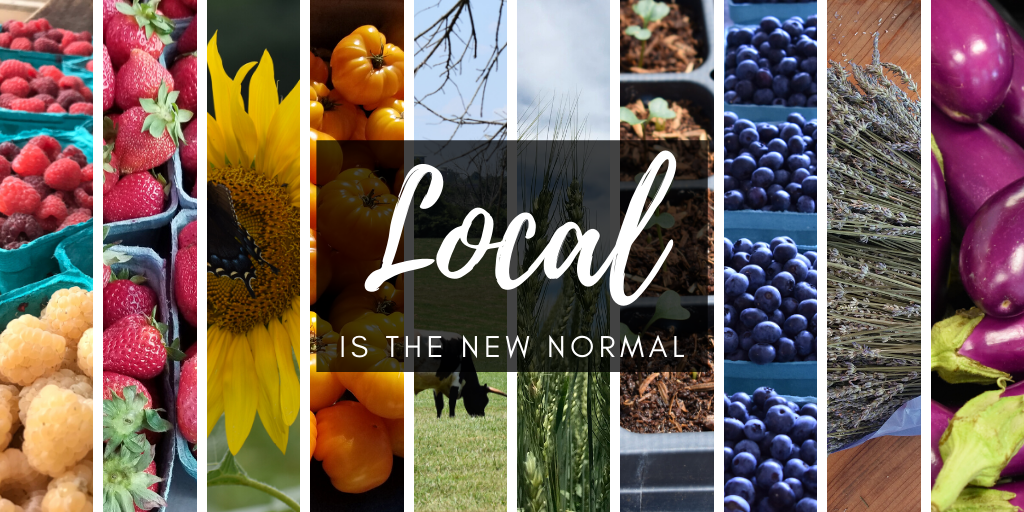
#LocalIsTheNewNormal #BuyLocal
- Support Our Local Farmers – Join a CSA and have fresh local produce delivered to you!
- Visit a local farmers’ market.
“During shelter-in-place, farmers’ markets remain open as an essential service, providing a vital source of fresh fruits and vegetables and food staples for our communities in a spacious, open-air setting. But our community and our farmers’ markets could be jeopardized if we don’t each do our part to stay safe during this public healthy crisis.
In good times, farmers’ markets have been places to gather and converse, however, now is the time to follow public health and safety advisories and resist the urge to linger and socialize. We all have a critical role to play in preventing the spread of COVID-19.”
How to Support Farmers and Safely Shop at Farmers’ Markets
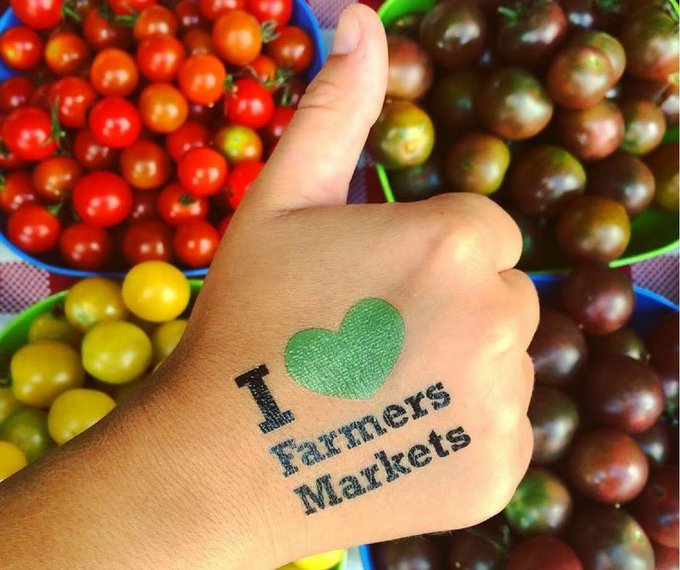
Download Montgomery County’s Office of Agriculture 2020 Farmers Market Flyer to find a farmer’s market near you.

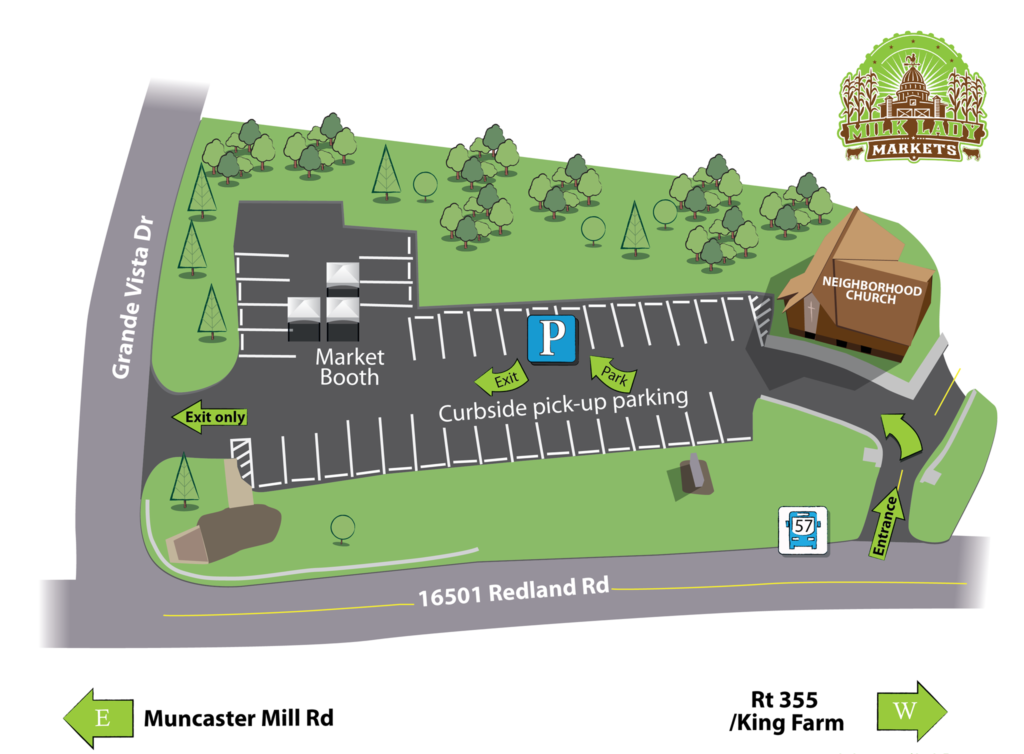
Support our local farmers! Shop at the #derwoodfarmersmarket!
For the fall season through December 19 you can still get your market groove on with online ordering from all your favorite farmers and vendors using our curbside pickup or doorstep delivery to 20855, 20850, 20878 & 20880 on Saturday for doorstep delivery and/ or curbside pickup at the front yard of Neighborhood Church, 16501 Redland Rd, 20855. Pickup happens from 9am until 11am through December 19. Turkey orders coming soon! Get started here: MilkLadyMarkets.org/preorder

Time in gardens and nature is good for your mental and physical health.
Children’s Day at Brookside Gardens celebrates those good vibes and wellness.
Bring the kids September 19 and 20 and enjoy yoga, crafts, and music. And, pot your own plant to take home.
Free! Registration required. Safety guidelines observed. Sign up now: https://mocoparks.org/33k3Hau.
Let’s Talk Gardens

Turn your thumb green! Join Smithsonian Gardens’ horticulturists for a series of free lunchtime webinars on gardening basics on Thursdays 12:00 pm to 1:00 pm.
September 24 – Small Space: Big Impact
October 1 – Top Twenty Perennials for Healthy Habitats
October 8 – Beautiful Winter Gardens
October 15 – Bringing in Your Tropical Plants for the Winter
October 22 – Prune with a Purpose: A Gardener’s Guide to Thinking Like an Arborist
October 29 – Have you ever wondered how Smithsonian Gardens’ horticulturists choose the plants used in their gardens?
November 5 – Winning the War against Weeds
https://gardens.si.edu/events/lets-talk-gardens/
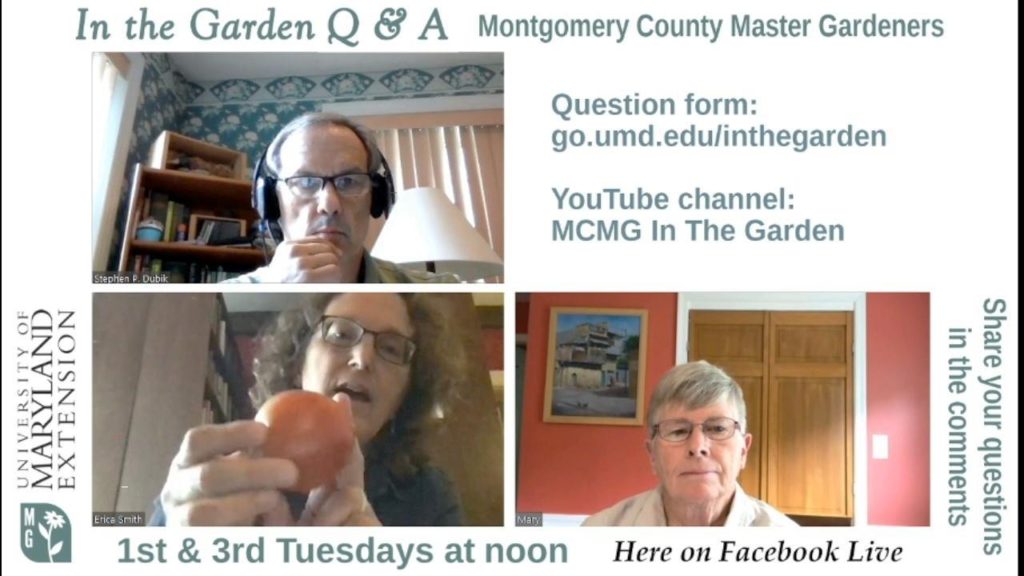
In the Garden Q & A
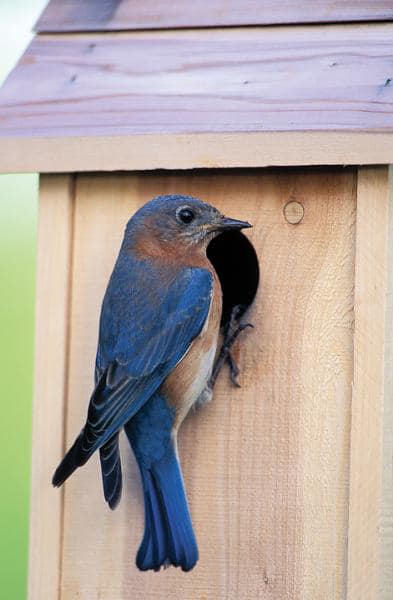
The Eastern Bluebird: Getting Started, Getting Them To Stay.
Wednesday, September 30, 2020
11 AM – 12 PM
Learn how to attract bluebirds and other native cavity nesters to your yard, and once there, how to keep them coming back.
A presentation by Valerie Kenyon Gaffney, Master Gardener and President, Virginia Bluebird Society.
Please email mastergardener@pwcgov.org to register and receive the login code.
https://www.facebook.com/events/3274512799258187/permalink/3274512949258172/
Tune in for seasonal tips, tricks, and things to watch for in your garden. Join us on Facebook Live at 12 noon on the first and third Tuesday of every month. https://www.facebook.com/events/608020213433790/
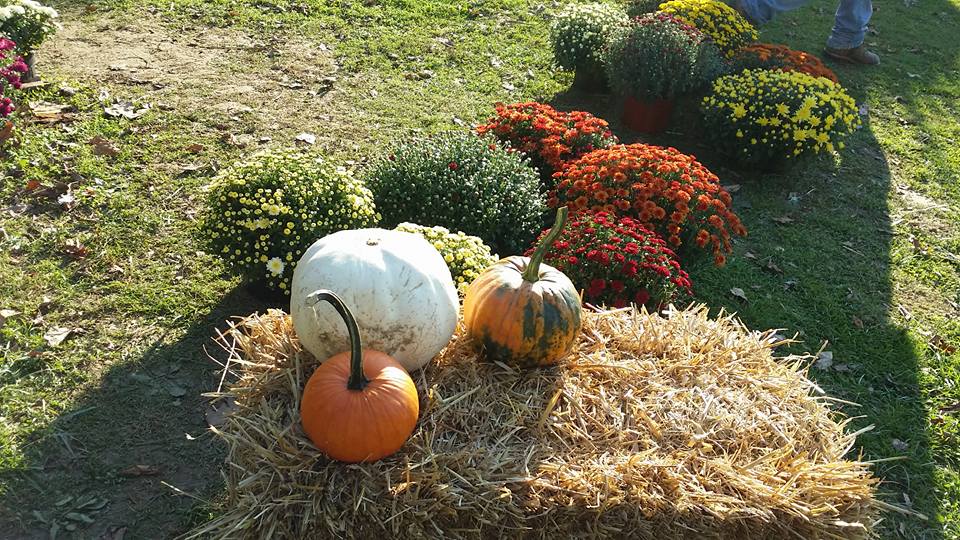
Flowers and Groundcovers
- Begin replanting pots with hardy annuals.
- Plant newly purchased plants.
- Divide and transplant perennials (e.g., peony and iris).
- Plant hardy mums and fall season annuals.
- Dig up bulbs from your Gladiolus, Canna, Caladiums, and other tender bulbs; cut off foliage; let dry for a week; and store for the winter.
- Your summer annuals will be reviving now with cooler temps and some rain. Cut back any ragged growth and give them some fertilizer. They should put on a good show until the first frost.
- Pot up rosemary and chives for over-wintering indoors.
- Start bulb plantings of early spring bloomers at the end of the month.
- Continue to deadhead flowers.
- Pinch out growing tips of leggy plants.
- Water transplants deeply when dry.
- Walk your garden — look for early signs of fungal disease.
- Weed—especially look for fast-growing vines such as honeysuckle, autumn clematis, bittersweet, wild grape, Virginia creeper, and poison ivy.
- Cut herbs and flowers for drying indoors.
- Apply deer deterrent.
- Pests to watch for: Aphids, Deer, 4-lined plant bug, slugs, snails, spidermites, whiteflies.
- Diseases to watch for: Blackspot on roses, powdery mildew, rust, bacterial diseases.
- See UMD’s HGIC Garden Tips for more details.
- For a list of native plant resources, visit: https://extension.umd.edu/hgic/topics/native-plant-resources
Trees and Shrubs
- Fertilize if necessary for the last time.
- Avoid late summer pruning.
- Look out for any Poison Ivy vines, which will turn crimson in the fall and be easy to distinguish from other vines.
- Contact a certified arborist to have your trees’ health inspected.
- Transplant trees and shrubs.
- Plant evergreens for winter interest.
- Check often and water newly planted and transplanted trees if they don’t pass the “finger test” (stick your finger deep into the soil — dry? Water!)
- Soil test established trees that have not been performing well.
- Keep mowers and trimmers away from trunks!
- Do not fertilize newly planted or transplanted plants the first year.
- Prune out Eastern tent caterpillar egg masses.
- Put diseased leaves, pesticide-laden grass clippings and weed seeds out for recycling rather than the compost pile.
- Spray with dormant oil to decrease pest infestations.
- Remove Ivy, Pachysandra, and other vine-like ground cover from under shrubs.
- Remove dead and dying trees.
- Pests to watch for: bagworms, caterpillars, Gypsy moths, Japanese beetles, scale, sawfly, spidermites, leafminers, and voles.
- Diseases to watch for: Apple scab, Cedar-apple, hawthorn or quince rust, Verticillium wilt, Oak leaf blister, and powdery mildew.
- For more tips, see UMD’s HGIC Garden Tips for more details.
Herbs, Veggies, and Fruit
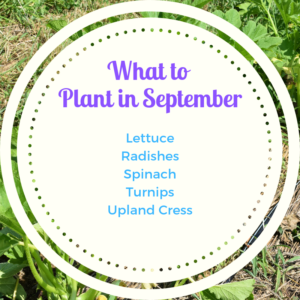
Photo from Montgomery County Office of Agriculture
Do you know what you should plant in September? Lettuce, spinach, and turnips. Check out the UMD Extension Home & Garden Info Center for more details: https://bit.ly/2XTe0yG
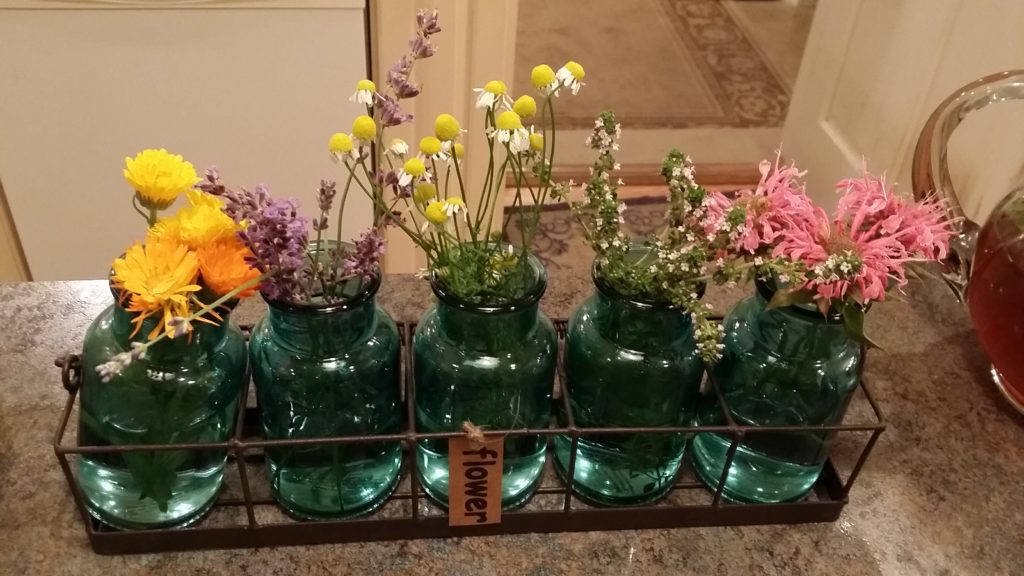
- Harvest leaves of herbs used in cooking (rosemary, basil, sage) in the early morning, for best flavor.
- Plant cool-season vegetables (garlic, turnips, carrots, beets, spinach, Chinese cabbage, kale, Brussels sprouts).
- Plant cover crops in vegetable gardens and annual beds (e.g., rye, clover, hairy vetch, and winter peas).
- Watch your pumpkins/squash. Harvest them when their rinds are dull and hard.
- Harvest your herbs and keep them trimmed back to encourage leafy growth.
- Remove rotting fruit from fruit trees and compost them.
- Plant strawberries in a site with good drainage for harvest next spring.
- Harvest herbs to use in salads and summer dishes.
- Water deeply when needed.
- Sow beets, beans, cucumbers, pumpkins, and squash for fall harvest.
- Cover berry bushes and fruit trees with bird netting.
- New fruit plants — keep watered their first spring, summer, and fall.
- Apply dormant oil spray to fruit trees.
- Hand-pick cabbage worms from cabbage and broccoli.
- Pests to watch for: Asparagus beetle, aphids, cabbage worms, cutworms, Japanese beetle, rabbits, squash vine borer, and deer.
- Diseases to watch for: Apple-scab, Cedar-apple rust, Powdery mildew, Fungal, bacterial viral diseases.
- Here are some more UMD’s HGIC Garden Tips.
Lawns
- Apply fertilizer to turfgrass based on soil tests and UME recommendations.
- Over seeding may be done now through October.
- Keep newly seeded lawns well watered!
- Water established lawns deeply but infrequently!
- Divide ornamental grasses.
- Mow in the early evening and cut off now more than one-third of the grass height at a time. Leave clippings on the ground to provide nutrients.
- Mow high to reduce weeds and stress. Fescue & Bluegrass: 3″ – 3 1/2″ .
- Mow zoysia grass at 2″
- To control crabgrass, apply pre-emergent herbicide to lawn (when forsythia blooms drop).
- Control wild onions in warm season turf with broadleaf weed control.
- Clean yard of all leaves and other debris.
- Turn your compost pile.
- The annual soil science calendars from the Natural Resources Conservation Service are both educational and beautifully done. The one for 2020 as well as those for previous years are available as free PDFs here: https://www.nrcs.usda.gov/wps/portal/nrcs/detail/soils/edu/?cid=nrcseprd1250008
- Diseases to watch for: brown patch, and red thread
- Pests to watch for: Grubs
- See UMD’s HGIC Garden Tips for more details.
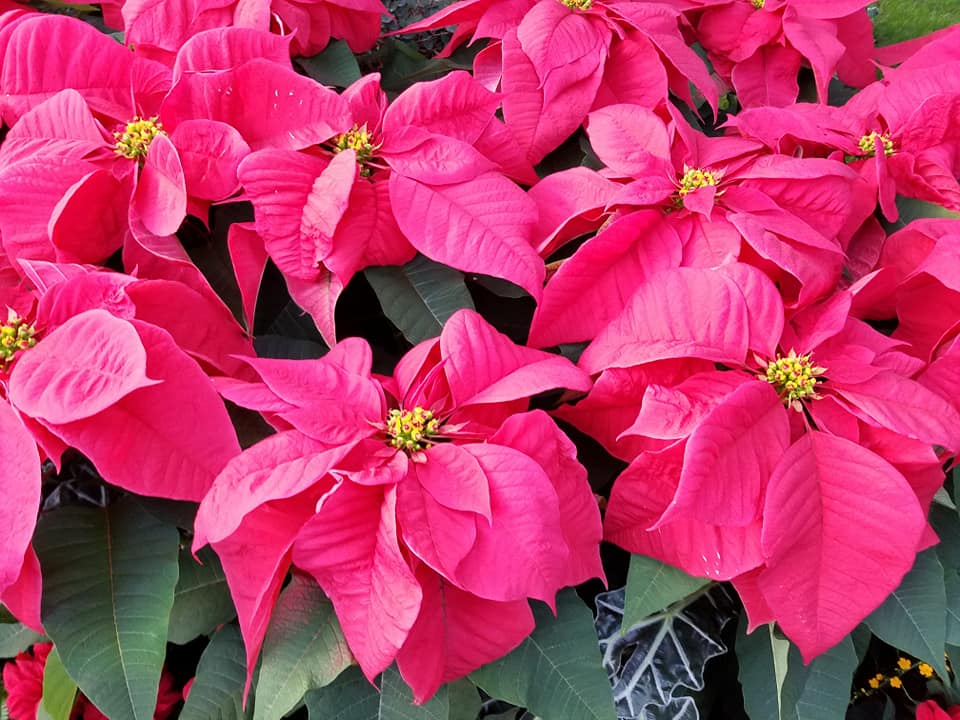
Indoors/Houseplants
- Bring in tender plants before night temps dip to 60 degrees.
- Take cuttings of plants you want to overwinter inside and place in water.
- Begin conditioning the Christmas Poinsettias and Christmas cactus to get them ready for the upcoming holiday season.
- Bring Amaryllis indoors before a hard freeze. Repot every other year at this time. Store in a cool, dark place and do not water until flower buds or leaves emerge.
- Prune potted bougainvillea or hanging baskets that will overwinter inside.
- Begin hardening off prior to putting outside in shade for summer.
- Repot and fertilize houseplants when new growth begins.
- Rotate houseplants to promote even growth.
- Remove old leaves, damaged stems.
- Pinch out growing tips of leggy cuttings and plants that are overwintering.
- Clean the leaves of your indoor houseplants to prevent dust and film build-up.
- Start to fertilize with 1/2 strength houseplant fertilizer (every 2 weeks).
- Maintain moisture in pots wintering indoors, but do not over water!
- Pests to watch for: aphids, spider mites, mealybug, scale, whitefly
- See UMD’s HGIC Garden Tips for more information.
Indoor/Outdoor Insect and Wildlife Tips
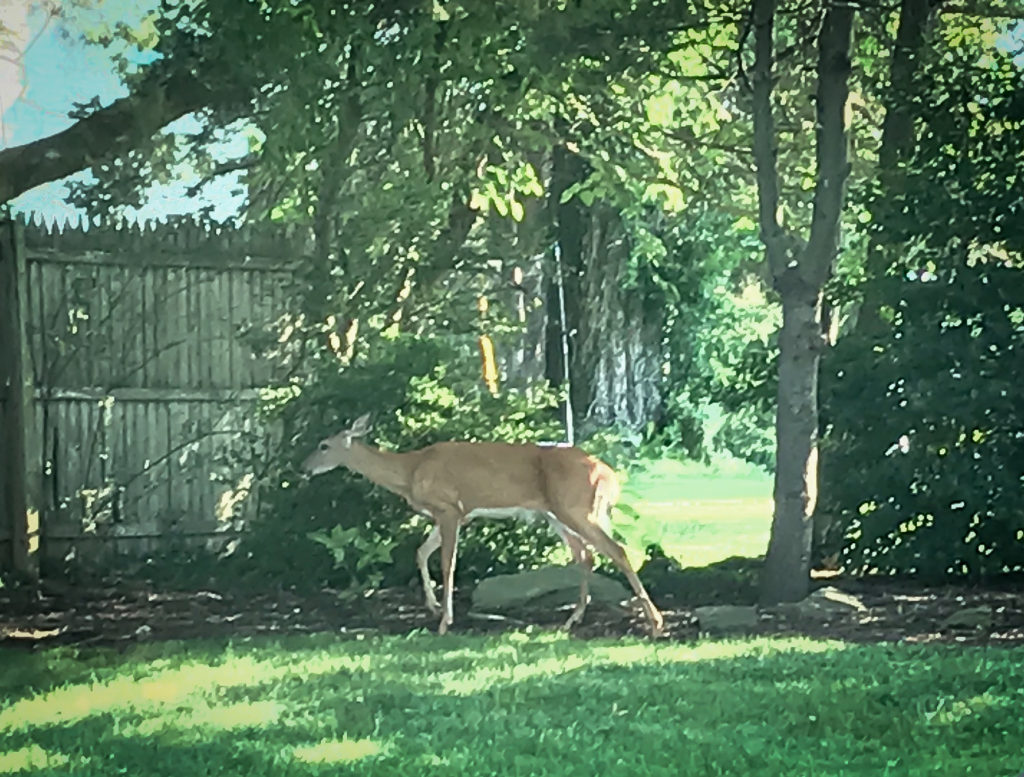
- Be vigilant for mosquito breeding spots—any standing water from a bottle cap to blocked gutters—and clean them out immediately. Put Mosquito Dunks in any areas that accumulate water.
- If you find slug damage, set out beer traps or Sluggo pellets.
- Make hummingbird food by boiling two cups sugar in four cups of water.
- Leave hummingbird feeders out until October 15.
- Start feeding birds to get them in the habit for this winter.
- Check indoors for termites and winter ants.
- Put up birdhouses.
- Keep bird feeders clean and filled.
- Ticks are very active now.
- Switch your deer deterrent spray.
- Check for vole problems and set out traps.
- Remove and destroy gypsy moth egg masses.
- Caulk and seal your outside walls to prevent insects and wildlife from coming indoors.
- Set out traps for mice, moles, and voles.
- Watch for: carpenter ants, flies, mosquitos, stink bugs, termites, rabbits, raccoons, groundhogs, deer, mice, moles, snakes, squirrels, and voles.
- For more information, see UMD’s HGIC Garden Tips.
Source: University of Maryland’s Home and Garden Information Center (HGIC) and the Washington Gardener.
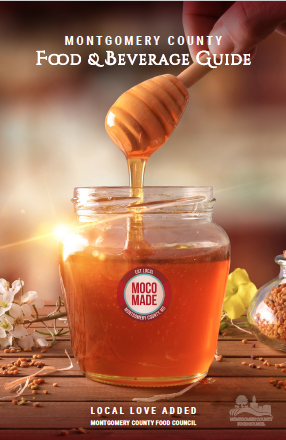
Montgomery County MD Food and Beverage Guide
The 2019-2020 Montgomery County Food and Beverage Guide has arrived!
This year’s Guide lists over 70 MoCo Made food and beverage producers and farmers, with products ranging from honey to craft beverages to artisanal meats and more.
Master Gardener Plant Clinics
Varied Locations, dates, and times
 |
|
What can Master Gardeners do for you?
- Help you select and care for annual and perennial plants, shrubs and trees.
- Determine if you need to test your soil.
- Provide you with information on lawn care.
- Identify weeds, beneficial and noxious insects, and plant diseases and remedies.
- Teach you how to use pesticides, mulch and compost.
- Guide you in pruning trees and shrubs.
- Provide you with options for managing wildlife.
- Provide you with gardening resources.
- Help you submit a plant sample for diagnosis
Plant Clinics are held at several sites in the county on a weekly basis and at special events such as garden festivals and the county fair. Regularly scheduled Plant Clinics are located at public libraries and farmers’ markets throughout the county as well as at the Audubon Naturalist Society in Chevy Chase. There are also clinics three days per week at Brookside Gardens. The busiest season is April through September, but some clinics are open year-round. Bring your plant samples and questions to one of these locations in Montgomery County, MD (see link below to find a location near you):
https://extension.umd.edu/mg/locations/plant-clinics
Support Our Local Farmers – Join a CSA and have fresh local produce delivered to you!
CSAs are seeing record numbers of subscribers http://ow.ly/eiQT50zD5lW – find your farmer here: http://ow.ly/jbO250zD56M
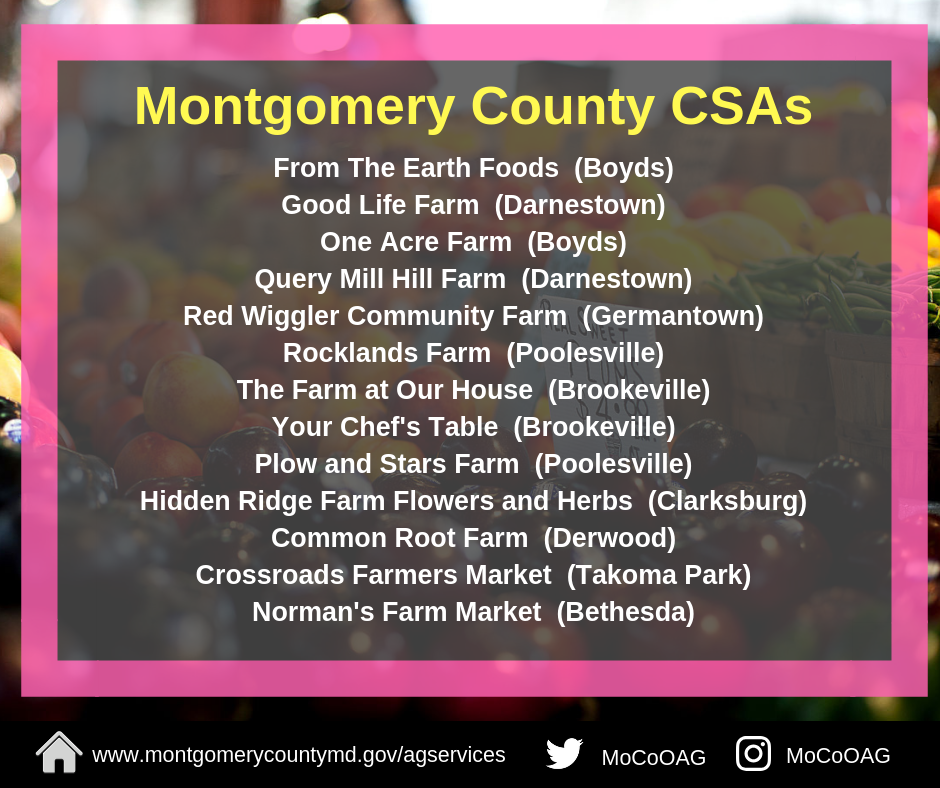
CSAs can take many forms, but essentially they are community supported farms in which members contribute to farming projects, usually by way of membership fees, in exchange for fresh, local produce. The concept came to the United States from Europe in the 1980s. They are a great way to take advantage of fresh, locally grown fruit, vegetables, herbs, and more while supporting nearby farms. Each one is different, some offer pickup locations in urban areas, some offer only farm-based pickups.
There are multiple CSAs located around the County offering a wide variety of products. CSAs begin taking sign-ups for spring and summer seasons in the early part of the year, and they tend to fill up FAST! Know of another CSA not on our list? Let us know! Montgomery Countryside Alliance also maintains a list:
http://www.mocoalliance.org/community-supported-agriculture.html
